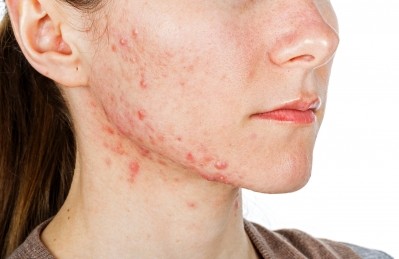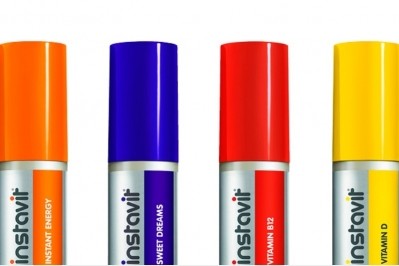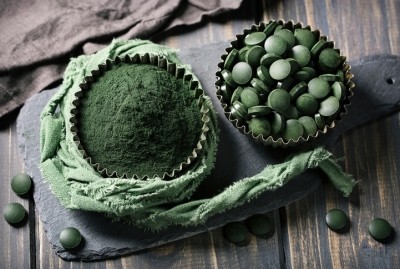When formulating probiotics for children, functional foods might not be the best delivery format, expert argues

“The issue is the sugar content,” Isabelle Champie, sales and marketing director at probiotic manufacturer Lallemand Health Solutions, told NutraIngredients-USA at the SupplySide West 2017 show in Las Vegas.
“We tend to recommend more sachets and dietary supplements in general because you don’t encourage the children to eat something more to get a probiotic dose,” she added. Popular delivery formats have been chews, melting powders, and powders to mix with a beverage, she said.
Pill aversion is a looming issue for probiotic supplement manufacturers who are scrambling to find innovative ways to deliver live cultures into the human body. Data from SPINS revealed that, in the 52 weeks ending August 13 2017, sales of probiotic caplets fell by 52.3%, tablets by 17.8%, softgel by 4.3%, and capsules by 1.7%.
Increases in the approximately $933 million prebiotic and probiotic market were found in other formats, like chewable tablets, drops, soft chews.
Changes in the microbiome: A source of adolescent woes
Innovation in probiotic manufacturing that targets specifically children and teenagers is important, Champie argued, because of gut microbiota concerns specific to the subpopulation. Citing a 2016 study on 364 healthy Japanese aged 0 to 104, researchers found that the composition of the gut microbiota changes with age, causing different concerns for different age groups
“Stress for example really comes from school pressure, peer pressure,” and this affects the gut microbiota, she said. And not to mention picky eating. “Diet imbalance is also a cause of this change, like missing breakfast or having sodas everyday.”
Though studies are still in its infancy, there is growing evidence linking the relationship between the gut microbiota to these growing pains, such as acne and other skin inflammation. “It’s a new way of seeing acne,” Champie added. “There are no clinical studies right now looking directly at microbiota and acne, only the mechanism side is being looked at now, but that’s an interesting future study to look at.”
















